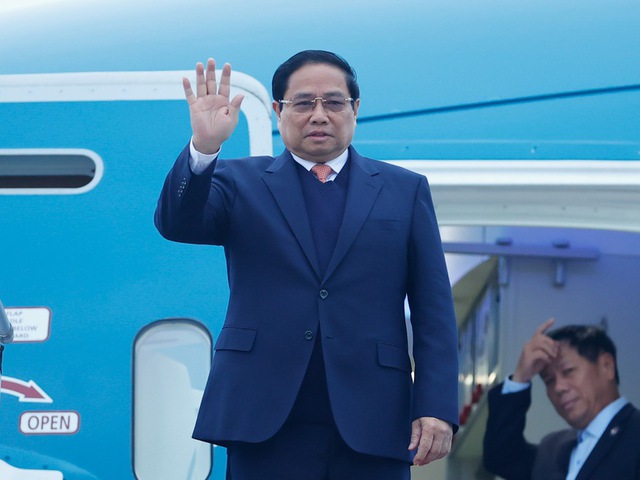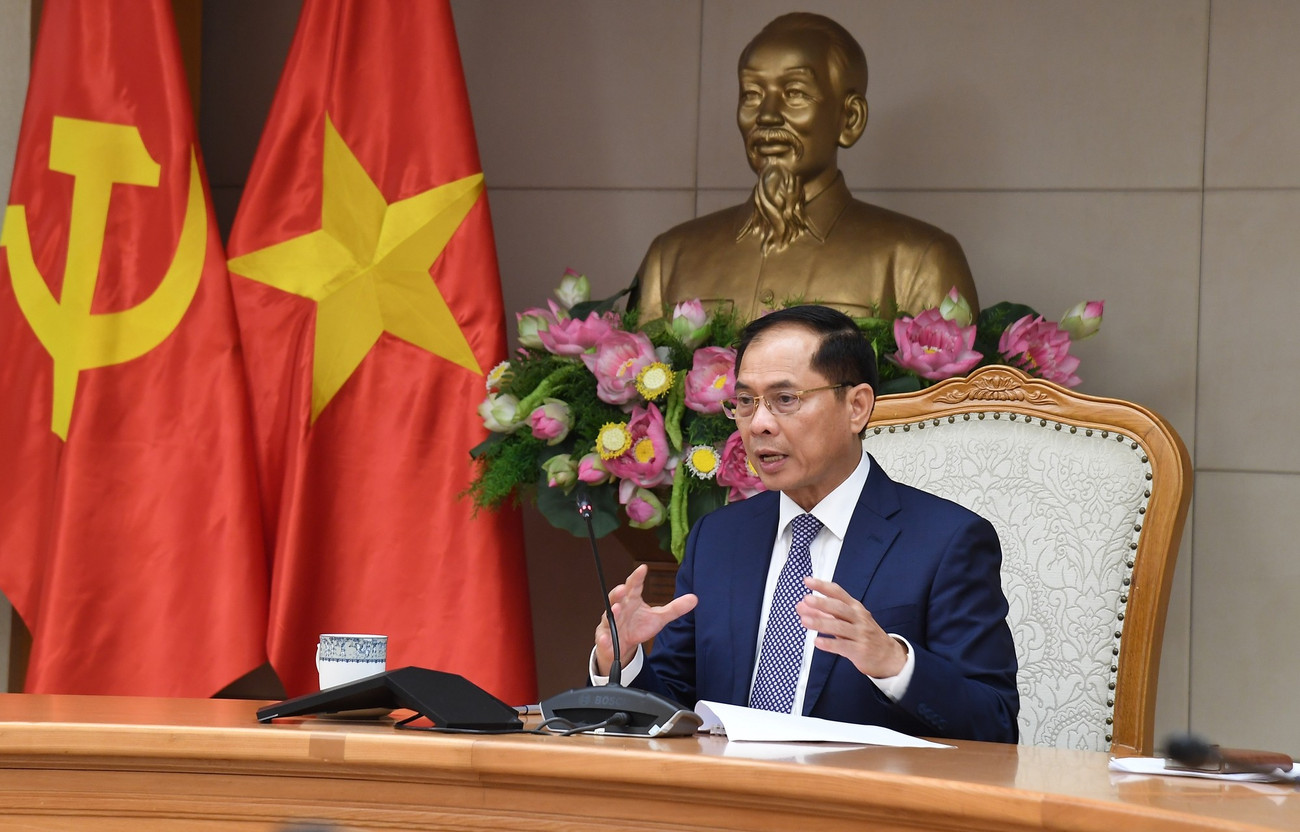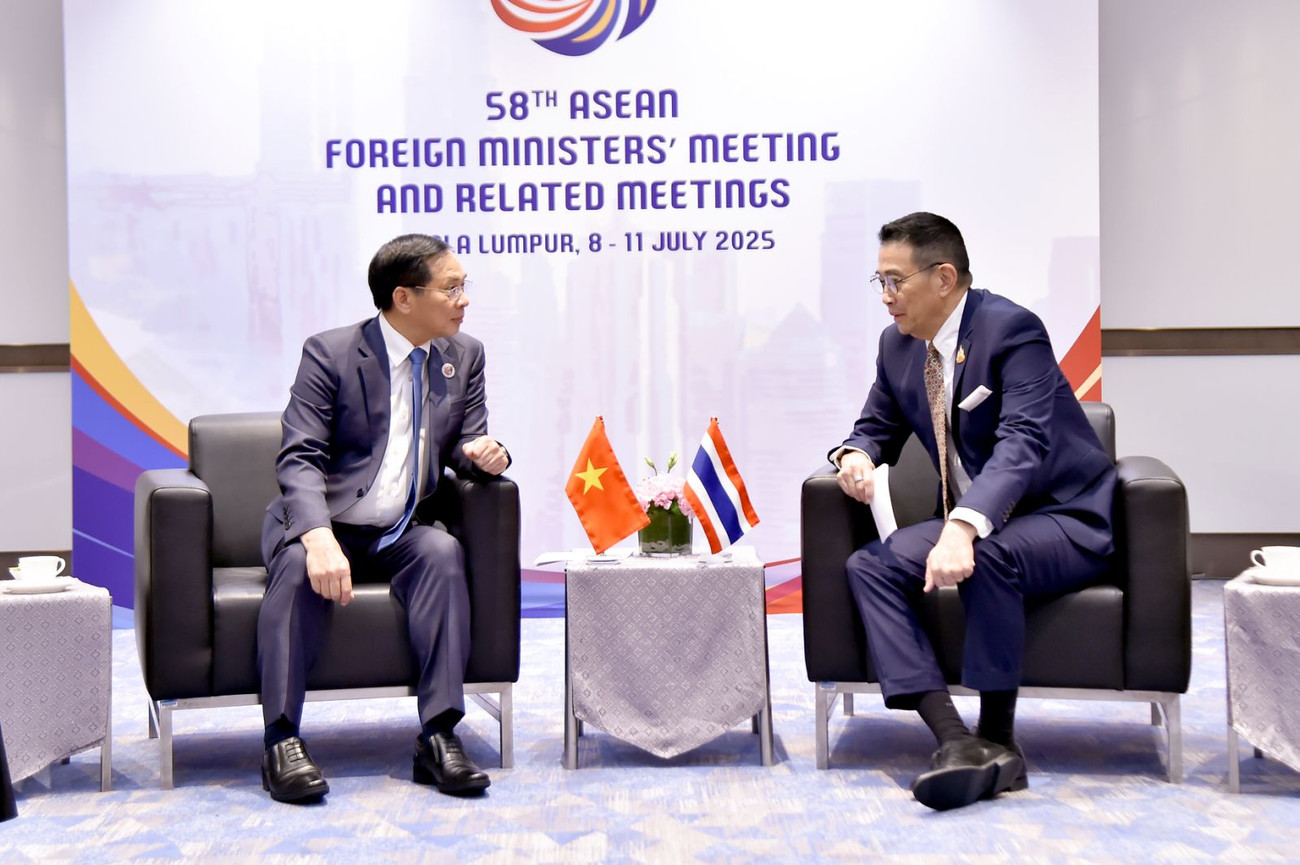MOIT VIETNAM | Investment Opportunities for Vietnamese Enterprises in Key Provinces of Laos Expand New Frontiers
/ News / Activities
Investment Opportunities for Vietnamese Enterprises in Key Provinces of Laos Expand New Frontiers
"We are prepared to support you and offer the most advantageous conditions for your business success in Laos." The Laotian government extends this compelling appeal, leveraging enhanced regional integration and strategic connections to entice investors from Vietnam and elsewhere. Vietnamese businesses seeking new growth opportunities find Laos increasingly appealing for cross-border partnerships due to its potential, which aligns with a broader trend of economic liberalization, infrastructure development, and sustained investment support from the Laotian government.
.jpg)
The Landlocked Nation of Laos: An Underutilized Powerhouse
Despite lacking land borders, Laos occupies a strategic location in the Mekong Subregion and is the only landlocked country in Southeast Asia. Commonly termed a "land bridge," it functions as a crucial connector in the economic and logistical frameworks of the adjacent nations, joining Vietnam, Thailand, China, and Cambodia. As regional supply chains and commercial corridors develop, Laos is transforming from a transit nation into a hub of growth and investment.
The Laotian government is implementing efforts to liberalize the economy, enhance the business environment, and prioritize the development of transportation infrastructure to maximize this potential. Establishing a comprehensive statewide network of expressways traversing east to west and north to south is a primary objective. Upon completion, these corridors will establish the core of Laos's transportation network, enhancing cross-border commercial and interpersonal exchanges while reducing trip durations and logistical expenses.
By improving internal circulation and intensifying integration with neighboring economies, Laos will emerge as a more robust regional player in supply chains and commerce. This is particularly applicable to Vietnam, Thailand, and China.
Xayabouly Province: A Hub of Agriculture and Energy
Xayabouly, a province in northwest Laos adjacent to Thailand, is a premier destination for Vietnamese investors within the country's many appealing locations. This province, covering over 16,000 square kilometers and possessing arable land, abundant water resources, and favorable climatic conditions, would experience significant growth in agricultural, agro-processing, and renewable energy sectors.
Mr. Phetphixay Sounvilay, Deputy Governor of Xayabouly, states that the local development strategy is founded on three principal pillars: agriculture, industry, and energy. The province is promoting the cultivation of high-value industrial crops such as cassava, maize, rubber, and Job's tears. The processing of these goods is already occurring in local starch manufacturers, resulting in a boost in export value and financial gains for investors and farmers.
There has been a significant increase in rubber production, with almost 16,700 hectares cultivated. Xayabouly plans to expand this area to 19,000 hectares within the next five years. The districts of Xienghone, Phiang, and Parklai host several plantations and processing industries, collectively establishing a beneficial value chain for all participants.
The province government advocates for equitable development by endorsing collaborative agricultural models like as "1+4" and "2+3," wherein farmers contribute land and labor in return for capital, technology, labor, and market access given by enterprises. These cooperative frameworks ensure productivity and collective prosperity.
Xayabouly hosts several minor hydroelectric plants alongside the bigger Xayabouly and Hongsa facilities, establishing it as a significant industrial center for the nation's energy requirements. These facilities not only satisfy local need but also facilitate exports and investments in renewable energy.
Xayabouly has markedly streamlined investment processes through a "one-stop service" strategy. Investors can conserve time and resources by employing the Provincial Investment Management Committee to effectively implement administrative processes.
The provincial administration is fully dedicated to assisting investors in all aspects, from land acquisition to license procurement and project implementation, as stated by Mr. Phongkeo Bounyavong of the Xayabouly Department of Agriculture and Forestry. The province is soliciting investments from Vietnamese, Thai, and Chinese enterprises in key sectors.
.jpg)
The Province of Khammouane: A Crucial Economic Hub with Potential for Expansion
Further south, in central Laos, is the town of Khammouane, which is rapidly emerging as a prosperous economic zone with untapped potential. The province serves as a crucial nexus for domestic and regional transportation, owing to its strategic position at the intersection of National Routes 13 and 12, two key highways of the East-West Economic Corridor.
Mr. Somsaat Ounsida, the Deputy Governor of Khammouane, commended the accomplishments of Vietnamese enterprises currently operating in the province. Vietnamese enterprises have demonstrated proficiency in agriculture, livestock, mining, and particularly in mineral resource development. He asserts that their endeavors have fulfilled both local and international market demands, complied with Laotian regulations, and stimulated the economy.
Khammouane aspires to secure international investment in the industries of ecotourism, agro-processing, clean energy, wind power, and logistics in the future. The province's current five-year socioeconomic development plan focuses on agribusiness, forestry, and energy/mining as its three primary sectors.
The agro-processing sector has experienced significant growth in recent years, resulting in increased prices for area produce and the creation of new employment opportunities. The province is investing significantly in ecotourism by promoting its 210 designated natural attractions, which encompass limestone caverns, waterfalls, and areas of cultural heritage. Among them, 23 are presently accommodating tourists from across the globe.
Khammouane is advocating for administrative reforms to expedite investment processing and improve communication between investors and local laborers. These programs aim to ensure growth that is sustainable and inclusive while maintaining a business-friendly climate.
.jpg)
Investment Prospects in Laos for Vietnam's Regional Strategy
Vietnamese investors are discovering fresh prospects for enduring, mutually advantageous partnerships in Xayabouly, Khammouane, and throughout Laos. Laos is becoming a viable option for varied investment due to its stable governance, enhancing investment environment, transparent incentives, and supportive local authorities.
Several prospective sectors are in need of innovative business models, specialist expertise, and foreign investment, such as sustainable agriculture, ecotourism, renewable energy, logistics, food processing, and advanced agricultural technology. Cultural affinity, historical connections, and geographical proximity are particularly beneficial for Vietnamese enterprises.
.jpg)
Vietnamese enterprises are crucial in fortifying Vietnam-Laos relations, founded on mutual respect, regional connectedness, and sustainable development. They assume a more substantial role than ordinary economic entities; they function as collaborative conduits, enhancing the connections between two nations that share not only borders but also intertwined destinies.
-
/ News / Activities
Prime Minister Pham Minh Chinh’s Strategic Visit to Laos Marks New Chapter in Bilateral Relations
Prime Minister Pham Minh Chinh’s official visit to the Lao People’s Democratic Republic and his co-chairmanship of the 47th meeting of the Vietnam–...
-
/ News
Deepening Cooperation, Strengthening Regional Unity
On the afternoon of July 28, 2025, at the Government Headquarters in Hanoi, Deputy Prime Minister and Minister of Foreign Affairs of Vietnam, Mr. B...
-
/ News / Activities
Vietnam and Laos Accelerate Toward Deeper Regional Integration and Unprecedented Trade Growth
In an era where regional connectivity and economic resilience are critical pillars for national development, Vietnam and Laos are emerging as a mod...





